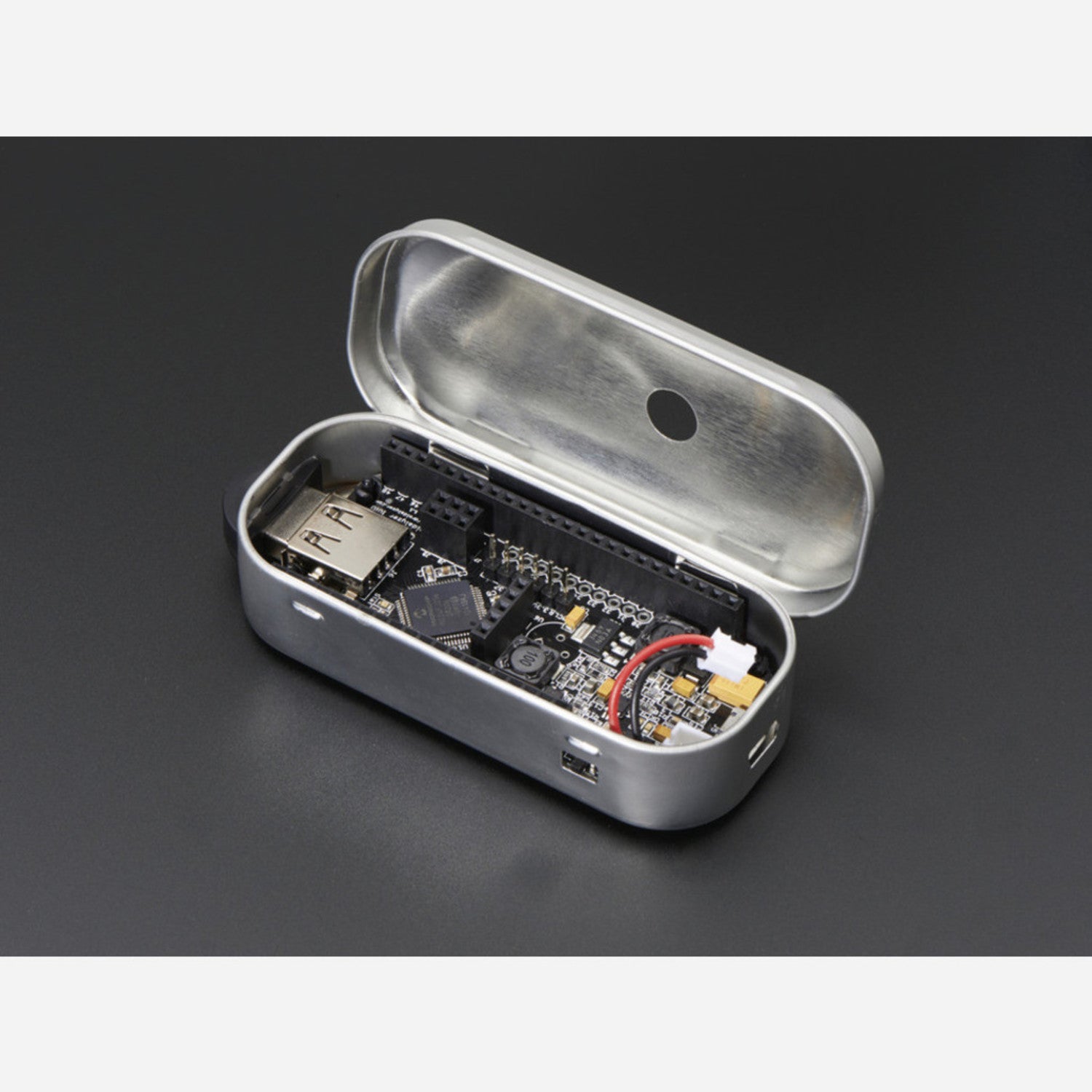IOIO, pronounced 'yo-yo', serves as a powerful bridge between Android devices and external hardware like sensors and servos. It allows you to integrate the computational power, touch display, connectivity, and built - in sensors (camera, GPS, accelerometer) of Android into your projects. IOIO can connect to any standard Android device (even as early as Android 1.5) via both USB and Bluetooth. IOIOMint is based on the IOIO V1 board but without the OTG features of the IOIO OTG board. Unlike Arduino - based Android interfacing methods, IOIO takes care of the firmware for you. You can fully control the IOIO pins within your Android application code using the provided Java - based libraries, no need for additional Arduino sketches. This simplifies the process, letting you focus on your Android app code. The IOIO library also manages PWM, I2C, SPI, and UART control, and the firmware can be easily upgraded using the IOIO Manager app on your Android phone. IOIOMint is a special edition of the IOIO board. It comes with an on - board LiPO charger, LiPO battery, header pins, a Bluetooth dongle, and a micro USB board power/charging port, all neatly packed in a laser - cut mint tin. It's similar to the Droidalyzer hardware, except it doesn't have an alcohol sensor. Note that while most Android devices are likely compatible with IOIO, due to manufacturers' customizations, we can't guarantee it. Many devices work with a MicroUSB cable, but Bluetooth connectivity may vary. IOIO has an active user community on the IOIO users forum and is 100% open - source hardware and software with royalty - free license terms.


Using the IOIO Mint is quite straightforward. First, connect it to your Android device. You can use either a USB cable or a Bluetooth connection. Make sure your Android device meets the minimum version requirements (Android 1.5 or later). Once connected, you can start using the provided Java - based libraries in your Android application code to control the IOIO pins. This will allow you to integrate external hardware like sensors and servos into your projects. When it comes to charging, the IOIOMint has an on - board LiPO charger and a micro USB power/charging port. Just plug it in to charge the LiPO battery. Remember, not all Android devices support Bluetooth connection with the IOIO Mint, so test it out with a MicroUSB cable first. Also, since each Android device manufacturer may modify the Android build, there's no absolute guarantee of compatibility. As for maintenance, keep the device clean and avoid exposing it to extreme temperatures or moisture. You can easily upgrade the firmware using the IOIO Manager app on your Android phone to ensure optimal performance.